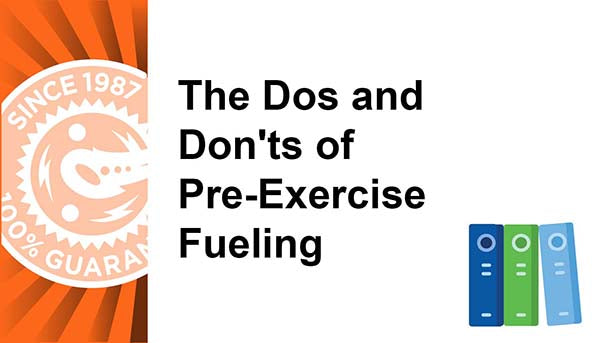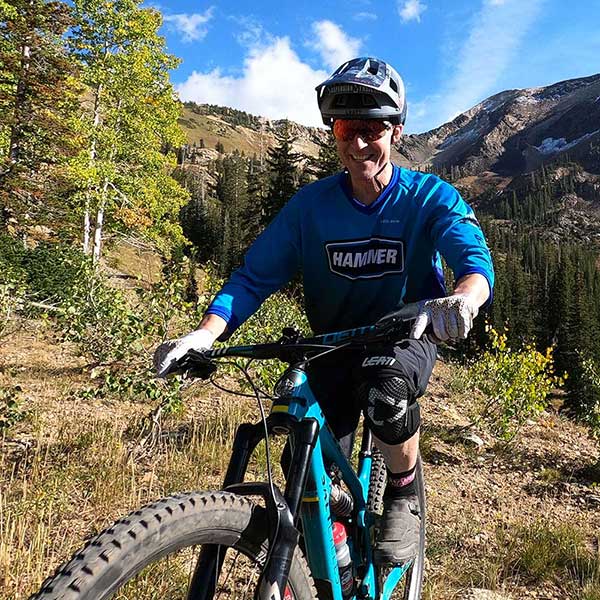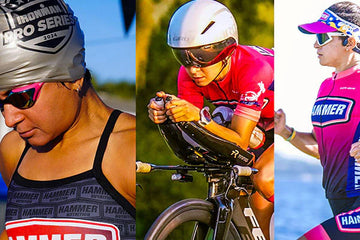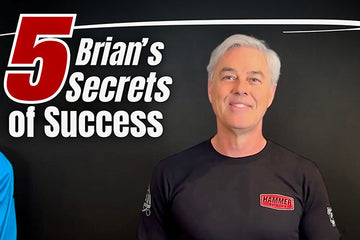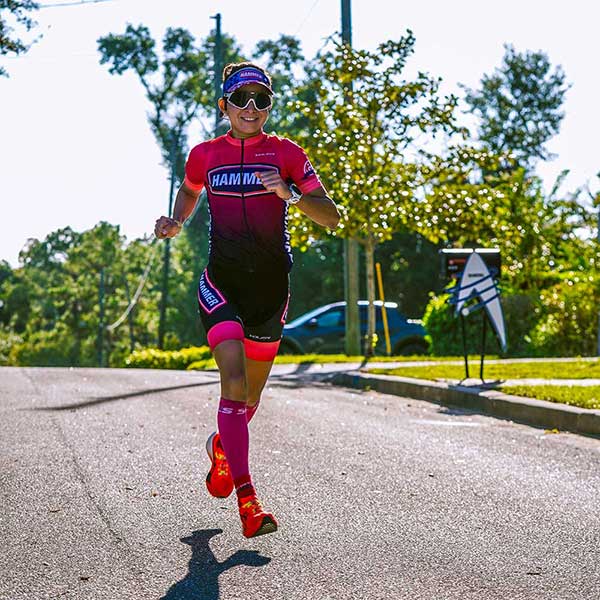BY COMPEX
Previously used only for its analgesic properties, Electrostimulation (EMS) has lately been recognized in various countries as an essential component in the training of sportsmen and women. Olympic Athletes and European World Champions from France, Italy, Switzerland, Germany, Spain and Belgium have been making use of electrostimulators during their rigorous training. Well known cyclists in Europe, such as Sydney 2000 Olympic Silver medalist Filip Meirhaeghe, MTB World Champion 2002 Laurence Leboucher, Green Tricout Tour de France 1996 to 2000 Eric Zabel, Disabled World Record Holder 1 hour Fabrizio Macchi, World Champions 2001 Santiago Guerrero, Jorge Alonso and Joane Somarriba, World Champion Trial 1998 to 2002 Kenny Belaey, are amongst many elite athletes who have incorporated EMS as part of their training routines. Sports Federations and Associations throughout Europe endorse the beneficial effects of this technology as well.
Increased strength, improvement of aerobic resistance and recovery, are just some of the benefits of well-researched and properly applied Electrostimulation techniques. With Compex Sport's Swiss technology, it has become the latest innovation for improving muscle performance for any level athlete.
How does it work?
When we decide to contract a muscle voluntarily, the brain issues an order in the form of electrical nerve impulses. This is called an 'action potential'. The Action potential' spreads at great speed throughout the motor nerve, slowly inverting the polarity of the cells which it goes through. At the end of its path, the information is channeled, thanks to a neurotransmitter (acetylcholine), towards the interior of the muscle cell and produces a complex phenomenon which provokes the shortening of the fiber. Contrary to received wisdom, the electricity used in the electrical stimulation process has no intrinsically beneficial effect on our muscles. The truth is that the process of electrostimulation stimulates the muscle via the motor nerve. This is most efficient and effective for two reasons. First, electrical stimulation of a motor neuron requires much less current than would be needed for direct stimulation of the muscle fiber and, second, the surface excitation effect achieved by using the nerve to distribute the current to all muscle fibers transmits the flow deep into the muscle.
The physiology of the contraction and the physiology of the muscle metabolism provide us with very precise data about the different types of fibers (slow, fast, intermediate). We know in detail the specific muscle metabolism which corresponds with the development of specific types of muscle efficiency. Compex Technologies, Inc., an American company with Swiss technology, is a world leader in design and manufacturing of first class electrostimulators for medical and sport applications, and has a range of Sport programs that meet the needs of athletes regardless of sports. The frequency of repetition of the impulses, the duration of each contraction, the rest period between contractions, and the duration of each training program, allow athletes to adapt their muscles to the type of work which best suit their objectives.
During bicycle training sessions
Besides biomechanical work and technical training, there are many other factors which can improve efficiency by means of EMS.
- VO2max, as you well know, is the maximum oxygen consumption per minute and per kilogram of an individual's weight. It is based on two factors: transport of oxygen to the muscles and the capacity of the muscle fibers to consume the oxygen which is brought to them by the blood. EMS acts on the second of these factors. One of the characteristic differences between slow and fast twitch fibers is the much greater quantity of oxidative enzymes of the slow fibers. With the use of oxygen, these fibers will obtain energy from fatty acids and from carbohydrates. The improvement in oxygen consumption by the stimulated fibers can be explained by their concentration of oxidative enzymes. In studies conducted on animals it has been possible to multiply up to six times the oxidative level of the fibers of stimulated muscles (our best competitive athletes have 40% less).
- The anaerobic threshold, is the intensity of maximum effort below which the level of lactate does not exceed 4 milimol/liter. When carrying an effort beyond this threshold, the level of lactate explodes and the intensity of the effort can be sustained only for a while. A correctly trained athlete is able to extend this threshold until up to 80-90% of his/her VO2max.
- It is possible to combine Compex Resistance and Strength programs with fractioned training sessions programmed to improve the lactic capacity. Combining both methods (voluntary and EMS) it is possible to get much further than with a single type of training, particularly taking into consideration how strenuous training can be and the long period of recovery necessary to recuperate from training sessions. Work with EMS will allow athletes to tolerate the constant changes in rhythm and uneven surfaces much better during mountain bike events and the changes in flat and hilly courses during road cycling.
- It is also known that the classical strength work-outs carried out by athletes in the gym increase the thickness of the cardiac wall (hypertrophy) and, as such, this reduces the cardiac output, causing considerable damage to the sports person involved in long competitions. There is no risk of cardiac wall hypertrophy occurring with EMS training.
- It is possible to work with high frequencies and maintain the high frequencies throughout the duration of the EMS programs. This is not possible in voluntary training since physical fatigue quickly reduces the athlete's efficiency.
- The quantity of work done is higher since the athlete is undeterred by mental and physical fatigue and therefore is able to tolerate training better, assimilating more work in less time. Mental fatigue impedes the athlete from working to his/her maximum capacity during training sessions. The type of muscular work conducted is very different from the type of muscular work required during a competition. With EMS there is no mental fatigue, therefore, athletes can train their muscles in an almost exact fashion as it will occur in competition. If during competition, the motor neurons discharge their excitations over the fibers in a more constant way than during training, the fibers which have not been trained in such a fashion (as with EMS) will not be able to perform.
- Athletes can recruit fast twitch fibers preferentially. In voluntary training, in order to recruit fast twitch fibers it is necessary first to gather slow and mixed fibers before getting to the fast fibers. On the other hand, with high frequency EMS training, we are able to gather 100% of the fast fibers from the beginning of the session.
- Explosive Strength programs will allow athletes to increase their speed in the case of sprints.
- Active Recovery programs, produce different beneficial effects for these athletes. First, there is an elimination of lactic acid and other toxins; second, a process of oxygenation contributes to a rapid recovery of the muscular tissues; third, an endorphin effect (our natural anti-pain mechanism) calms pains associated with training; finally, a general relaxation process produces a localized anti-spasmodic effect. Further, this recovery allows athletes to face the next training session in optimum conditions, therefore maximizing their time and better assimilating the work conducted.
Utilizing the Compex Sport allows cyclists of all disciplines to improve the quality and quantity of the training sessions. Primarily utilizing Compex Sport on the quadriceps for cycling, the key beneficial effects follow:
- The intensive muscle output allows for progression through the gears (Strength Program).
- An increase in the quantity of muscle fibers recruited in long distance cycling (Endurance Program)
- An increase in the velocity of the sprinter (Explosive Strength Program)
- The gains observed with interval training sessions are more than that observed with voluntary efforts (Resistance Program)
- Acceleration of muscle recuperation after an intense training session or hard competition (Active Recovery Program)
A few basic rules . . .
Each of the strength, explosive strength, resistance and endurance programs include five different levels in terms of the quantity and power of work imposed by the electrostimulation process. Generally speaking, it is not a good idea to work through those levels quickly, because they are designed to be addressed progressively as part of training. You should give your muscles the time they need to adapt and position themselves after overcompensation. On the other hand, we strongly recommend that you use high intensity levels, because the higher the level, the more fibers are stimulated. The more fibers you stimulate, the more of them you will be strengthening. The type of current delivered by the Compex Sport allows you to increase the level without feeling any electrical pain . . . the only pain you will feel is muscular pain, which just shows that the Compex Sport is doing its work!


